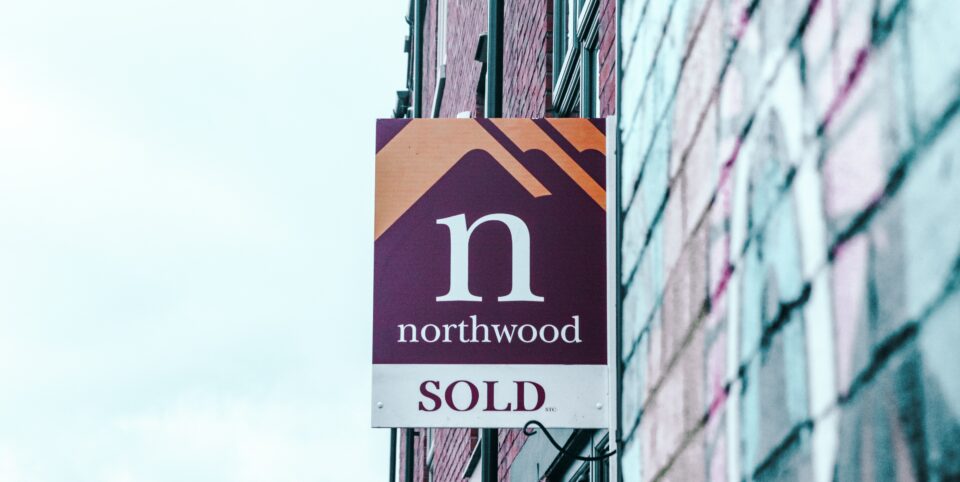Contact
020 4515 6728
info@ccameron.co.uk
Charles Cameron & Associates
Blackfriars Foundry
154-156 Blackfriars Road
London SE1 8EN
Highs and lows of the property market
June 6, 2023
Information published was correct at the time of writing
Trend of increasing stamp duty intake has continued this year...

The UK property market has seen a number of highs and lows over the past couple of years, with 2021 proving to be a particularly difficult year for many. After seeing prices falling in 2020 due to the coronavirus pandemic, there were fears that this trend would continue into 2021 and beyond. However, despite these concerns, the market has seen some encouraging growth.
RESIDENTIAL TRANSACTIONS
Analysis of National Statistics from the English Housing Survey 2021 to 2022 figures reveal an estimated increase of 200,000 residential transactions in 2021 and 2022 compared to the previous year[1]. In the years leading up to 2008, there were 1.7 million and 1.5 million residential transactions recorded in 2007 and 2008, respectively. The current figures align with those from 2014 and 2015 when residential transactions totalled at around 1.207 million, similar to the current figure of 1.208 million for the year 2021 to 2022.
RECORD-BREAKING
The stamp duty holiday introduced in 2020 has had a significant impact on the UK property market. Despite its expiration in September 2021, the total amount of stamp duty paid on residential properties during 2021 and 2022 amounted to £10.1bn, which is a staggering 69% increase from the previous year. In fact, the stamp duty intake reached a record-breaking £16.2bn in 2022, up by 23% compared to 2021.
This impressive figure was achieved despite the holiday being in place between April and September 2021. Moreover, the trend of increasing stamp duty intake has continued this year with receipts of £12.7bn recorded in the first three months of this tax year alone.
“After seeing prices falling in 2020 due to the coronavirus pandemic, there were fears that this trend would continue into 2021 and beyond.”
HOUSING MARKET
These numbers highlight that the temporary reduction in stamp duty effectively injected life into the property market during a time of uncertainty. It enabled people to move more freely and was especially crucial during the pandemic when many individuals were suddenly working from home and reassessing their housing needs.
With the housing market currently experiencing another period of uncertainty, to address this issue, the government may need to introduce incentives for energy efficient home improvements or waivers for downsizers. While the government has eased the tax burden on some homebuyers by increasing stamp duty thresholds, there is still room for more creative approaches.
PURCHASE PRICE
On 23 September 2022, the government increased the nil-rate threshold of Stamp Duty Land Tax (SDLT) from £125,000 to £250,000 for all purchasers of residential property in England and Northern Ireland and increased the nil-rate threshold paid by first-time buyers from £300,000 to £425,000. The maximum purchase price for First-Time Buyers’ Relief was increased from £500,000 to £625,000. This will now be a temporary SDLT reduction.
The SDLT cut will remain in place until 31 March 2025. The government will amend the Stamp Duty Land Tax (Reduction) Bill to implement this measure. These measures ensured that around 43% of purchasers paid no stamp duty. These changes are set to remain in place until 31 March 2025.
Don’t forget, our professional friendly advisers are on hand to support you and can help you explore all of your options.
Source:
[1] GOV.UK website National Statistics – English Housing Survey 2021 to 2022: headline report published 15/12/22.


